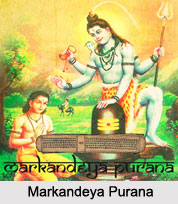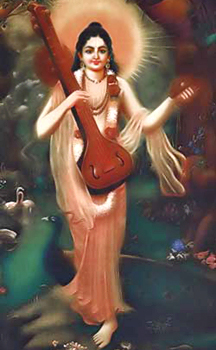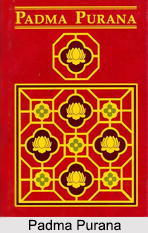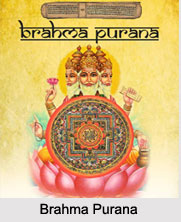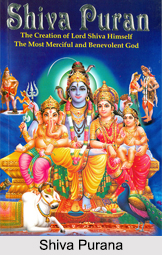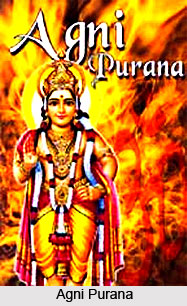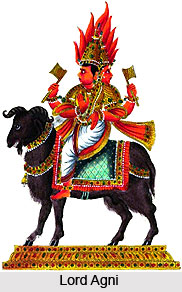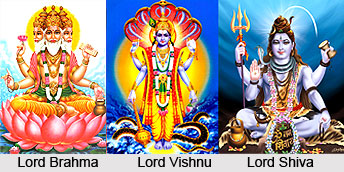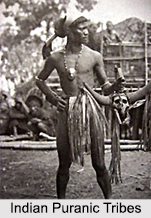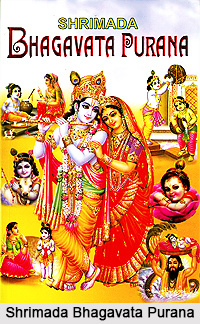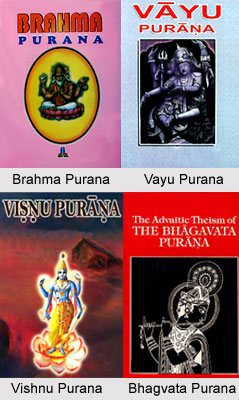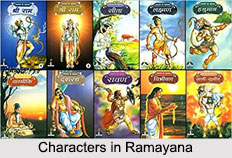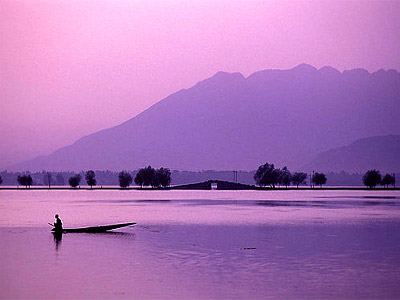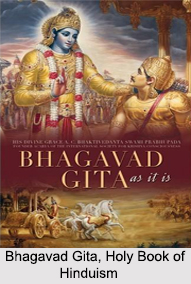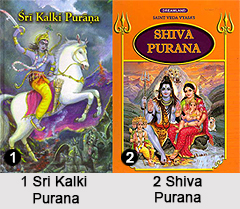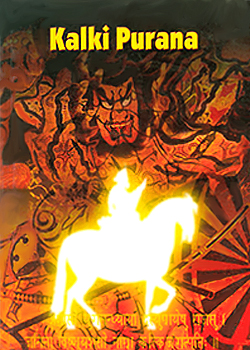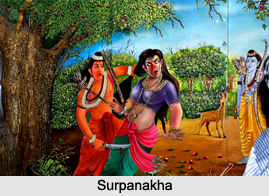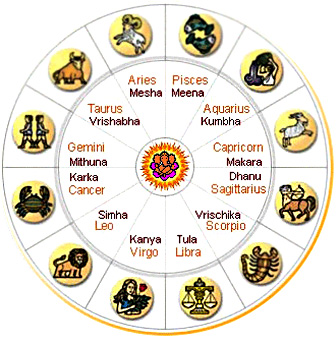 The various position of the sun has been discussed in detail in Vishnu Purana. As the sun moves in the space it assumes various positions and due to the multiple positions of the sun, the days and nights along with the various seasons are created in the universe.
The various position of the sun has been discussed in detail in Vishnu Purana. As the sun moves in the space it assumes various positions and due to the multiple positions of the sun, the days and nights along with the various seasons are created in the universe.
Vishnu Purana narrates that when the sun goes to Pushkara; his course is equal in time to one Muhurta. At the beginning of his northern course the sun passes to Capricorn, then to Aquarius, then to Pisces, successively passing; from one sign of the Zodiac to another. After the sun has gone through them the sun gets at the vernal equinox and it is then that he makes the day and night of equal duration. From then the length of the night decreases and the day grows longer until the sun reaches the end of Gemini when he follows a different course and entering Cancer begins his movement towards the south. Regarding the movement of the sun it can be said that it moves quickly on his southern course like the circumference of a potter`s wheel revolving respectively. In his northern course the sun moves with less rapidity and passes over a less space of earth in a longer time.
It has been narrated in the Vishnu Purana that the relative length of the day or night is dependant upon the greater or less motion with which the sun revolves through the degrees between the two points of horizon. During the midday when the diurnal course of the sun is quickest his nocturnal course is slowest and when he moves quickly by night he moves slowly by day. The length of his journey in both the cases is the same; for during the day and night it travels through all the signs of the Zodiac or six by night and six by day. The length and shortness of the day are measured by the extent of the signs; and the duration of day and night is measured by the period which the sun takes to pass through them. When the sun declines towards the north the sun moves quickest by night and slowest by day and when he declines towards the south the case is exactly the opposite.
The Purana states that the day comprises fifteen Muhurttas only at the equinoxes and increases and diminishes in number as the sun declines towards the north or the south, when the day encroaches upon the night and the night upon the day. The equinoxes of the sun take place during the spring and autumn when the sun enters the signs of Aries, and Libra. When the sun enters Capricorn his progress towards the north begins and when he enters Cancer his progress towards the south commences. Fifteen days of thirty Muhurttas each are called a Paksha (fortnight); two fortnights make one month and two months make a solar season and three seasons make one Ayana and two Ayanas make one year. Years are made up of four kinds of months and five years make one Yuga or cycle. The years are respectively called Samvatsara, Parivatsara, Idvatsara, Anuvatsara and Vatsara.
It has also been said that when the sun is in the first degree of Kirtika and the moon in the fourth of Visakha or when the sun is in the third degree of Visakha and the moon is in the head of Kirtika, that equinoctial season is holy and is called the Mahavishubha. It is said that at this time devout persons should make offering to the celestials and the manes and gifts to the Brahmans, for such gifts produce happiness.
As far as the position of the sun is considered it has been said in the Purana that the sun declines towards the north in the months of Tapas, Tapasya, Madhu, Madhava, Sukra and Suchi and declines towards the south in the months of Nabhas, Nabhashya, Isha, Urja and Sahasya.

